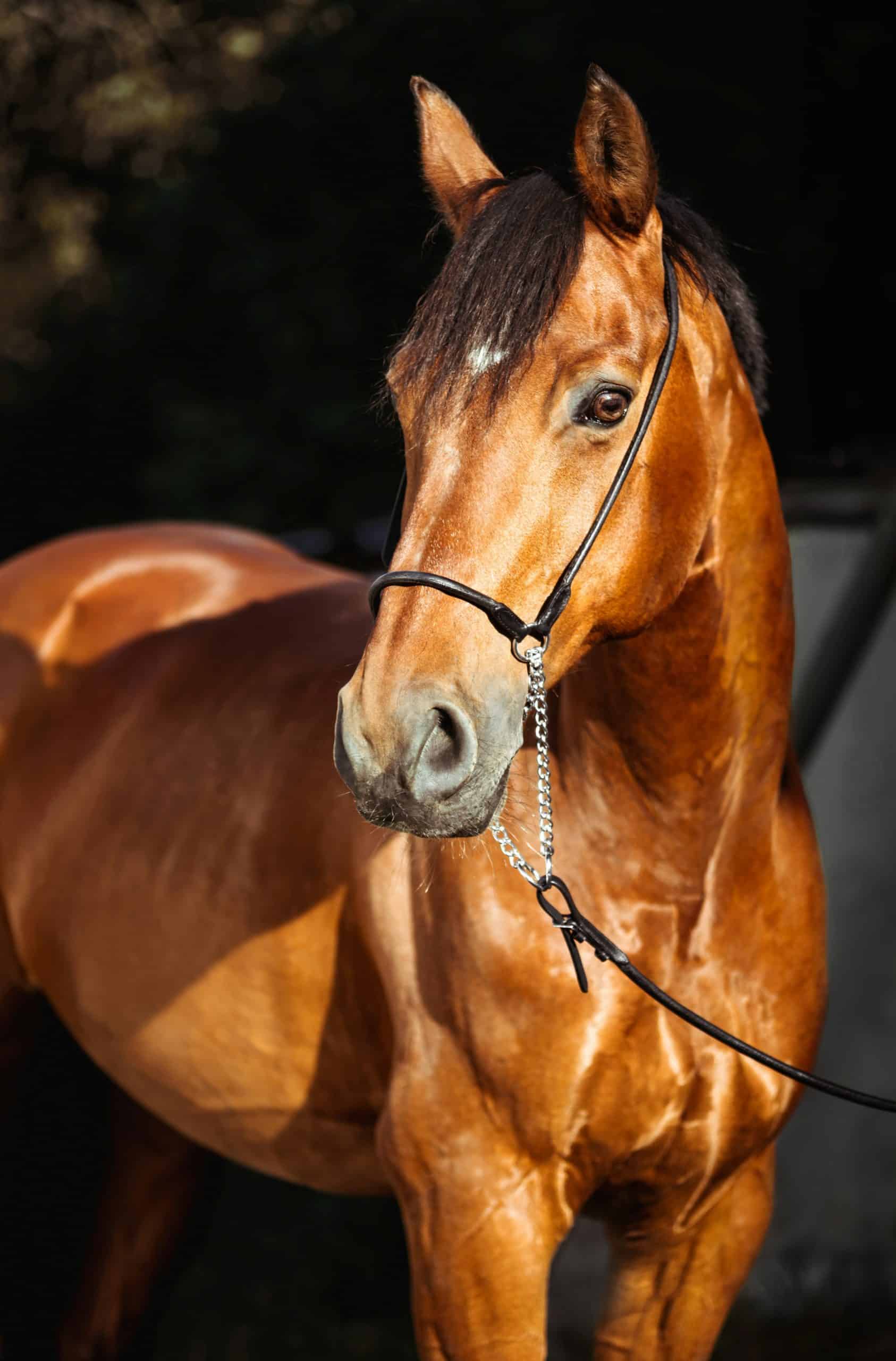Bearded dragons, or "beardies" as they are affectionately referred to by their owners, are fascinating and unique pets that fall under the reptile category. These reptiles are known for their distinctive appearance, which includes a prominent "beard" as well as thick, hard scales covering their bodies. However, like all living creatures, bearded dragons require careful attention and specific care to ensure they remain healthy and comfortable. This includes the essential task of caring for their scales to prevent any issues related to shedding. In this article, we will provide you with valuable insights and practical steps for maintaining the health of your bearded dragon’s scales and preventing any complications that might arise during their shedding process.
Understanding the Shedding Process in Bearded Dragons
Before delving into the specific steps to care for the scales of your pet bearded dragon, it’s crucial to understand why and how these reptiles shed their skin. Shedding is a natural process that bearded dragons go through, much like other reptiles. It’s their way of growing and getting rid of old, worn-out skin. This process is also known as "ecdysis" in scientific terms.
A lire également : What’s the Best Way to Prevent Feather Plucking in Parrots?
Young bearded dragons shed their skin more frequently as they grow at a faster rate. As they age, the frequency of shedding decreases to approximately once every few months. During the shedding process, you may notice your pet’s scales appearing duller than usual before they start to peel away. This is a completely normal part of the process.
Importance of Proper Scale Care
Now that we understand the shedding process, we can highlight the importance of proper scale care. It is a crucial part of your bearded dragon’s overall health and comfort. If the shedding process doesn’t go smoothly, it can lead to a condition known as "retained shed". This happens when pieces of old skin don’t completely shed off, which can cause discomfort, infection, and in severe cases, necrosis (tissue death) – a condition colloquially referred to as "tail rot" or "scale rot".
Cela peut vous intéresser : How to Train an Australian Shepherd to Compete in Flyball Tournaments?
Retained shed is particularly problematic when it occurs on the beardie’s tail or toes, as it can restrict blood flow and result in the loss of a tail tip or toe. Therefore, ensuring the shedding process goes smoothly by caring for your dragon’s scales is of utmost importance.
Providing the Right Environment for Shedding
The first step in ensuring a successful shedding process for your bearded dragon involves creating an environment conducive to shedding. This includes maintaining appropriate temperature and humidity levels in their enclosure.
Bearded dragons are native to the arid regions of Australia, so they do well in a relatively warm and dry environment. However, during the shedding process, a slight increase in humidity can be beneficial to facilitate the removal of old skin. The recommended temperatures for a bearded dragon’s enclosure range between 95-105°F (35-40°C) in the basking area, and 80-85°F (27-29°C) in the cooler section. Meanwhile, humidity levels should generally hover around 30-40%, with a slight increase to around 40-50% during shedding.
Providing Proper Nutrition and Hydration
Another crucial part of caring for your bearded dragon’s scales involves providing them with a balanced diet rich in nutrients that promote healthy skin and scales. This includes a good amount of calcium, which can be obtained from dusting their food with a calcium supplement. A calcium-rich diet promotes strong, healthy scales, which in turn aids in the shedding process.
In addition to a balanced diet, your bearded dragon also needs sufficient hydration. Provide clean, fresh water every day, and considering misting your dragon with water during the shedding process to help moisten the skin and aid in shedding. However, remember to avoid soaking your dragon, as excessive moisture can invite fungal and bacterial growth.
Regular Cleaning and Inspection
Lastly, regular cleaning of the enclosure and inspection of your beardie’s scales can ensure that no issues go unnoticed. Their substrate should be clean and free of feces, leftover food, and insects, as these can attract bacteria and create an unhealthy environment.
Regular inspection and gentle brushing of your dragon’s scales can help to remove any loose skin that might cause problems. However, never force the shedding process or peel off scales that are not ready to be shed. This could result in pain and potential injury.
To summarize, caring for your bearded dragon’s scales and preventing shedding issues involves understanding their shedding process, providing the right environment, ensuring proper nutrition and hydration, and maintaining a clean living space. By following these steps, you will be well on your way to ensuring the health and wellbeing of your fascinating pet.
Assisting in the Shedding Process
In the natural setting, bearded dragons would assist their shedding process by rubbing their body against rough surfaces. To replicate their natural behavior, you can provide your beardie with rough surfaces in their enclosure such as rocks or logs. This gives your bearded dragon the opportunity to rub off the old skin gently when it’s ready to shed.
Another way you can assist your dragon is by giving them a warm bath. This can be done by filling a shallow dish with warm water, ensuring that the water level does not exceed their shoulders. Let them soak for about 15-20 minutes, roughly three times a week. This helps to loosen and hydrate the skin, making the shedding process easier.
Following the bath, you can gently pat your dragon dry with a soft towel and then lightly brush their scales with a soft toothbrush to remove any loose skin. Be careful not to pull or force off any skin that is not ready to come off on its own, as this can cause pain and injury.
While assisting in the shedding process, it’s crucial to closely observe your dragon for any signs of shedding problems. Signs of incomplete shedding or retained shed can include loss of appetite, lethargy, and changes in behavior. If you notice any of these signs, it’s best to seek advice from a reptile vet as soon as possible.
Dealing with Shedding Problems
Despite your best efforts, your bearded dragon may still encounter some shedding problems. One of the most common problems is retained shed on their toes or tail, leading to tail rot or loss of toes. This can occur due to low humidity or lack of rough surfaces to rub against during the shedding process.
If you notice any stuck shed on your dragon’s skin, you can try misting them with water and gently brushing the area with a soft toothbrush. However, if the skin doesn’t come off easily or if you notice signs of infection such as redness, swelling, loss of appetite, or changes in behavior, it’s crucial to consult a reptile vet immediately.
Another issue to watch out for is scale rot. This is a bacterial infection that can occur when your dragon is exposed to excessive moisture or dirty conditions. Regular cleaning of your dragon’s enclosure and prompt treatment of any wounds or injuries can help prevent this condition.
Conclusion
In conclusion, bearded dragon care, especially when it comes to their scales, can be a delicate process. Understanding the shedding process, maintaining a conducive environment, providing high-quality nutrition, and regular cleaning of the enclosure are all essential steps in ensuring your dragon’s health. Assisting in the shedding process and being aware of shedding problems can further help in preventing issues like retained shed, tail rot, or scale rot. With the right care and attention, your bearded dragon can live a healthy and comfortable life, free from shedding issues. So remember, your dragon shedding is a natural part of their growth, and by following the right steps you can make this process as smooth as possible for your bearded dragon.






